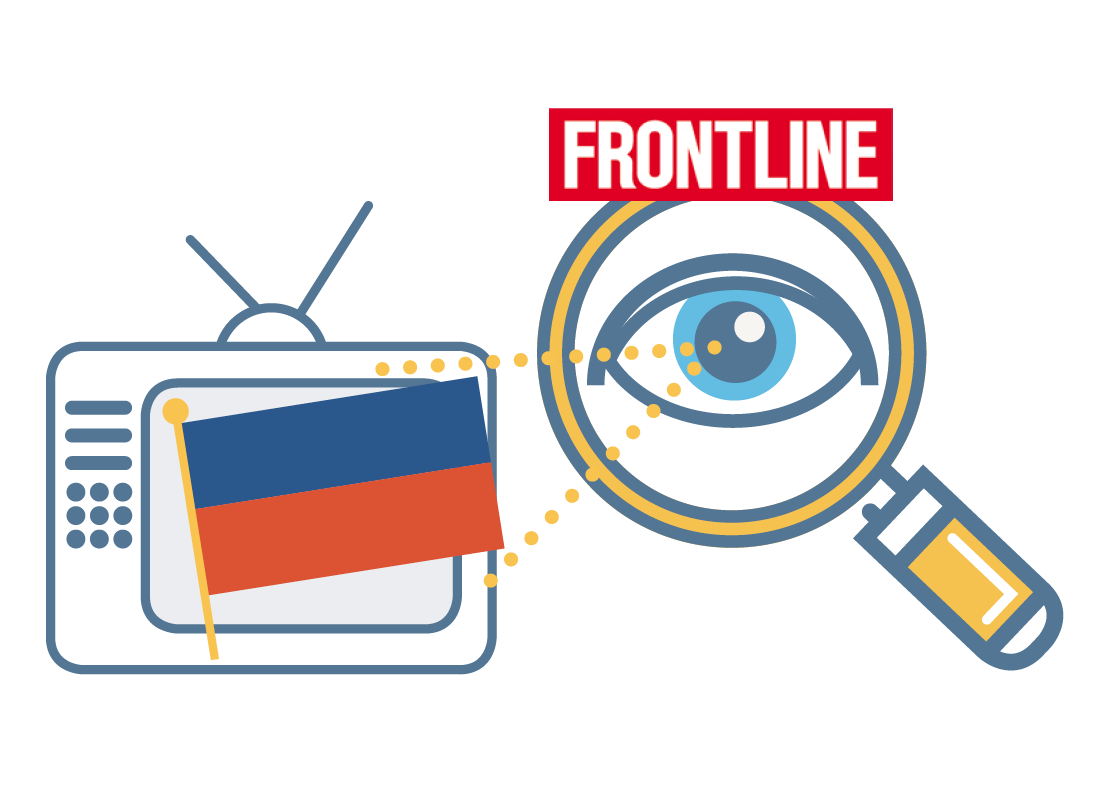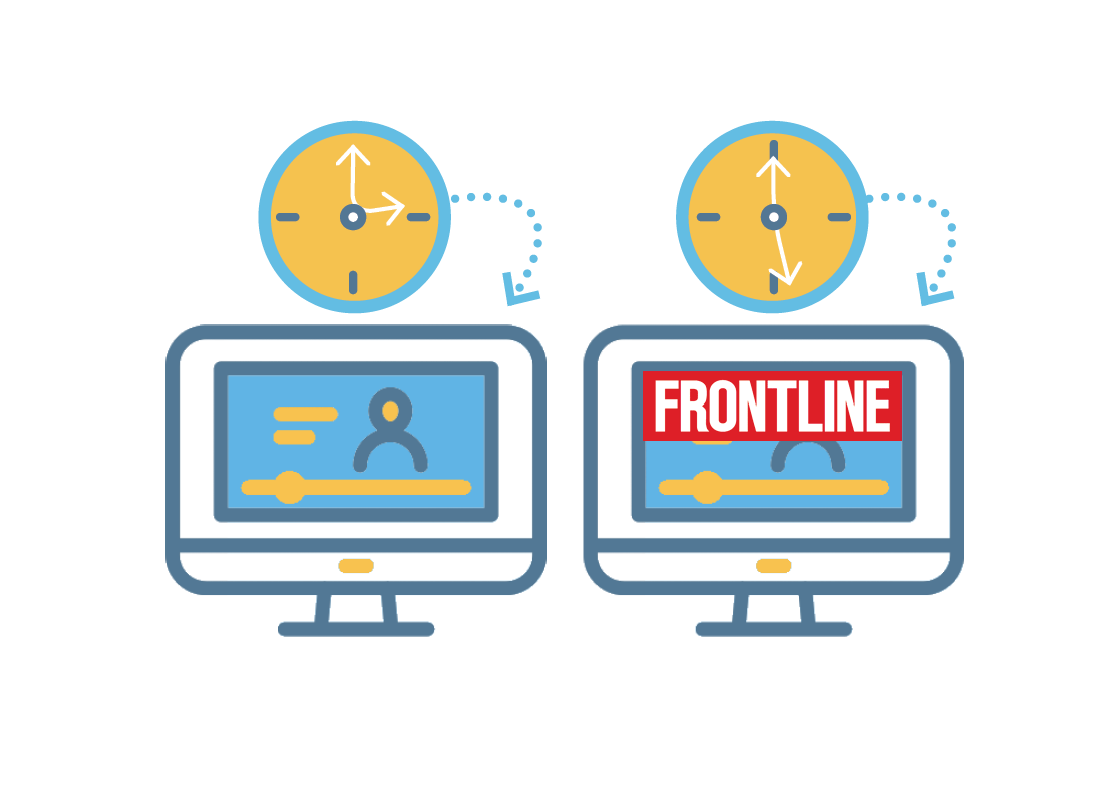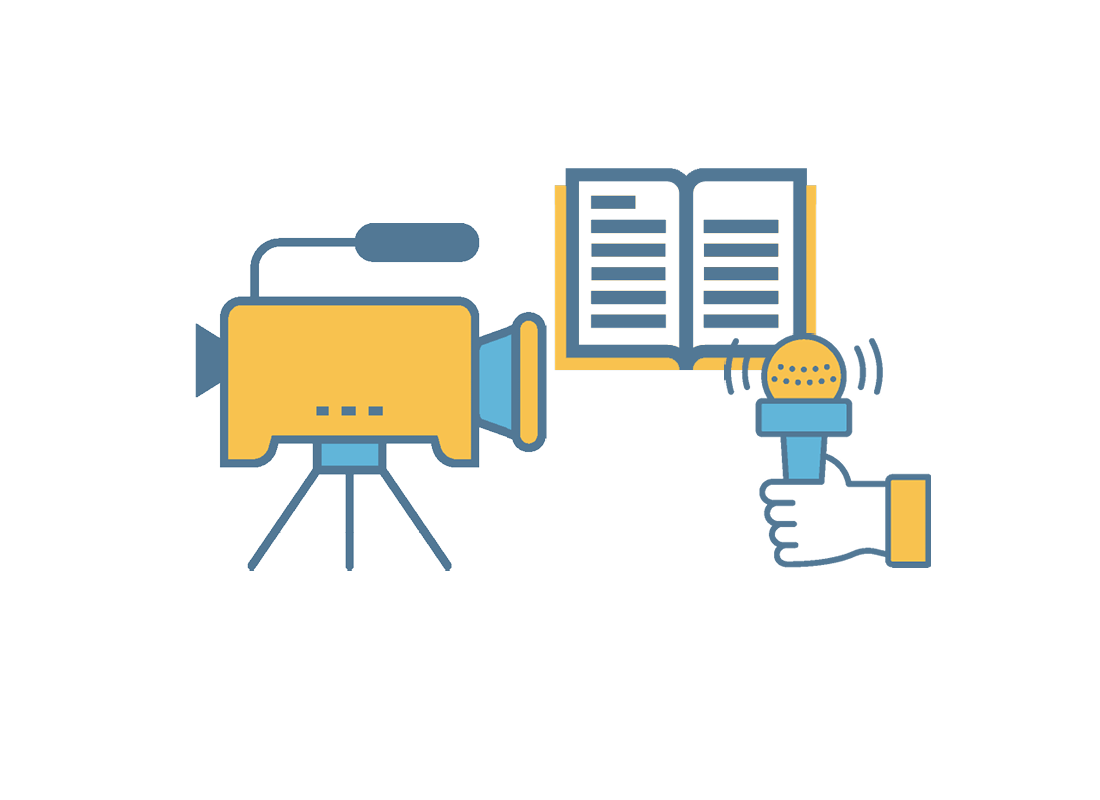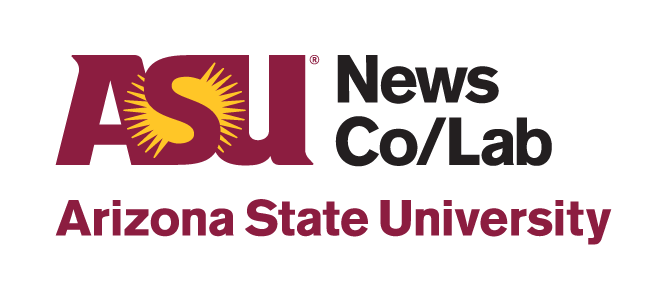
Building news savvy: Best practices
▸Transparency
Long live the interview
WHAT IS IT?
A Frontline series on Russian interference in the 2016 U.S. presidential election produced some 70 hours of interview video that did not make the aired version. Enter “The Putin Files,” 56 extended interviews with the story’s sources: 33 video packages and 23 transcripts. “Our Sources. On the Record. At Your Fingertips,” says the web site, urging viewers to navigate by theme or person and to pick and share excerpts of their own.


WHO’S BEHIND IT?
Frontline producers wanted viewers to see the longer interviews that they had shaped into their series. Executive producer Raney Aronson-Rath said they did it as part of the Frontline Transparency Project and ongoing efforts to publish interview transcripts. Media writer James Warren said Frontline is “turning the gripe of ‘biased editing’ on its head as it discards a sacred tenet of most TV executives, namely not disclosing their ‘outtakes.’ “
DOES IT WORK?
People responded. The interviews were seen more than 500,000 times in the first five months after the series aired. Viewers spent an average of 28 minutes on the interviews, about twice as long as typical web site visits. Practical transparency practices such as posting extended interviews long have been thought to increase credibility, though the size and success of the Frontline effort takes the practice to a new level.


HOW TO DO IT
A project goal was to “experiment and create tools that other journalists and news organizations could adapt,” AronsonRath said. Phil Bennett and researchers at Duke University tested off-the-shelf programs geared for audio and video interviews with text. They have published a guide.
Activate the links by clicking to view or download as a PDF

Sayo Akao is a recent graduate from Arizona State University’s Walter Cronkite School of Journalism & Mass Communication. As digital communication specialist in the News Co/Lab, Akao is assisting the team to create positive change in news literacy through a variety of different approaches.

